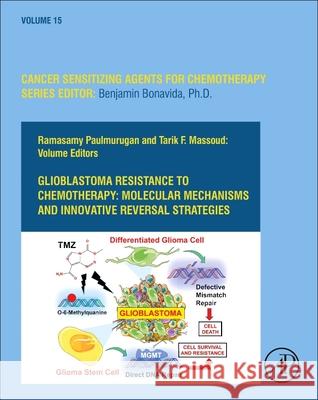Glioblastoma Resistance to Chemotherapy: Molecular Mechanisms and Innovative Reversal Strategies, Volume 14 » książka
topmenu
Glioblastoma Resistance to Chemotherapy: Molecular Mechanisms and Innovative Reversal Strategies, Volume 14
ISBN-13: 9780128215678 / Angielski / Twarda / 2021
Glioblastoma Resistance to Chemotherapy: Molecular Mechanisms and Innovative Reversal Strategies, Volume 14
ISBN-13: 9780128215678 / Angielski / Twarda / 2021
cena 709,25 zł
(netto: 675,48 VAT: 5%)
Najniższa cena z 30 dni: 690,12 zł
(netto: 675,48 VAT: 5%)
Najniższa cena z 30 dni: 690,12 zł
Termin realizacji zamówienia:
ok. 18-20 dni roboczych.
ok. 18-20 dni roboczych.
Darmowa dostawa!
Kategorie:
Kategorie BISAC:
Wydawca:
Academic Press
Seria wydawnicza:
Język:
Angielski
ISBN-13:
9780128215678
Rok wydania:
2021
Numer serii:
001144671
Oprawa:
Twarda
Wolumenów:
01











